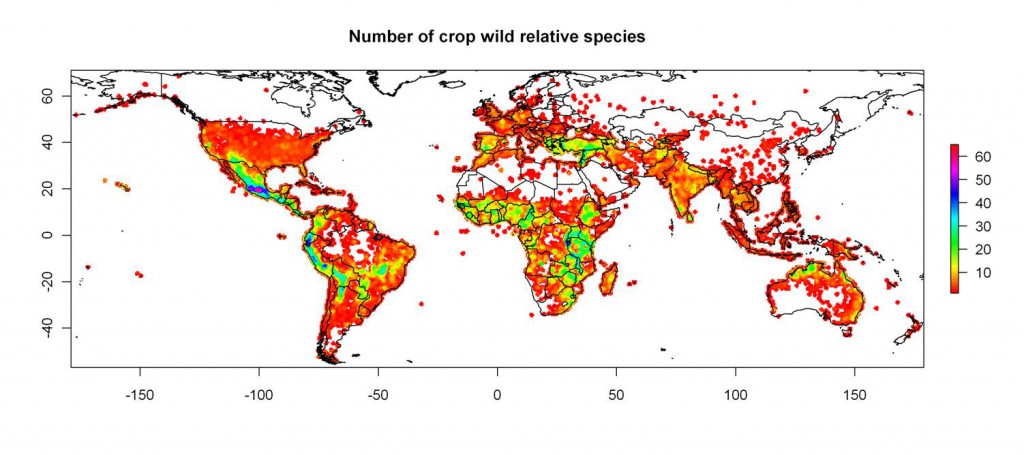Eating blue tortilla chips during a recent visit to the US reminded me that I had intended to blog about a paper just out in the Journal of Latin American Geography. ((Alder Keleman & Jonathan Hellin (2009) Specialty maize varieties in Mexico: A case study in market-driven agro-biodiversity conservation. Journal of Latin American Geography, 8 (2), 147-174. DOI: 10.1353/lag.0.0061)) Entitled “Specialty maize varieties in Mexico: A case study in market-driven agro-biodiversity conservation,” it looks in detail at the economics of growing blue and pozole maize in the areas around the huge market represented by Mexico City. Blue maize is used to make antojitos, savoury meat-, cheese- or vegetable-filled snacks. Pozole is a traditional Mexican maize and meat soup.
 The authors, Alder Keleman and Jonathan Hellin, carried out a value chain analysis for both of these distinctive maizes and concluded that “while existing specialty markets clearly provide a strong incentive for farmers to continue to plant blue and pozole maize landraces, this in-and-of-itself … does not provide a complete in situ conservation system.” For one thing, it is not clear to what extent the demands of the market may be driving genetic “standardization” within these specialy types. And in any cases, other types of landraces are not benefiting from these markets, and may indeed be suffering as a result of them.
The authors, Alder Keleman and Jonathan Hellin, carried out a value chain analysis for both of these distinctive maizes and concluded that “while existing specialty markets clearly provide a strong incentive for farmers to continue to plant blue and pozole maize landraces, this in-and-of-itself … does not provide a complete in situ conservation system.” For one thing, it is not clear to what extent the demands of the market may be driving genetic “standardization” within these specialy types. And in any cases, other types of landraces are not benefiting from these markets, and may indeed be suffering as a result of them.
So, although on-farm conservation interventions which involve strengthening these specialty maize value chains, for example through geographical indications, may meet development goals like increasing incomes and food production, they will need to be carefully planned and implemented, and form part of a larger strategy. Which will need to involve genebanks.
Interestingly, another recent paper also looks at the role of markets in on-farm conservation in Mexico (among other things), though for another crop. ((K. Kraft, J. de Jesús Luna-Ruíz & P. Gepts (2010) Different seed selection and conservation practices for fresh market and dried chile farmers in Aguascalientes, Mexico. Economic Botany 64. 10.1007/s12231-010-9136-x. (Not yet live.) )) Kraft and co-workers found that all the landraces of green chile have disappeared in Aguascalientes due to the introduction of hybrids. Farmers still grow landraces for dried chile, in part because of laxer uniformity requirements for dried chile compared to fresh, but are open to the idea of hybrids for this market too. As with specialty maizes, the link between the market and diversity in complicated, and can go both ways. Genebanks are less fun, sure, but at least we know what they do to diversity. Mainly.

